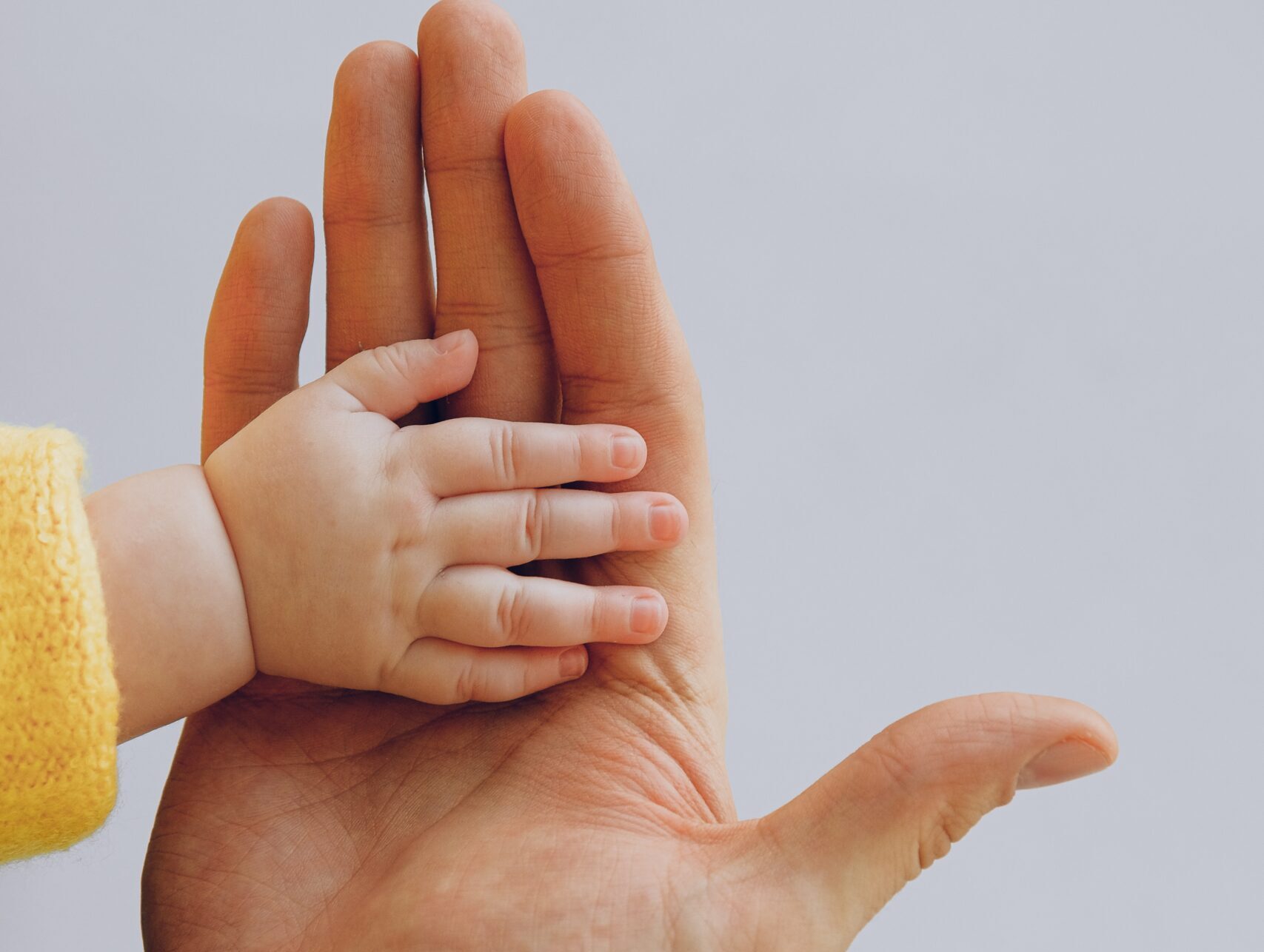Lora Heller is the founder of My Baby Fingers, and has been teaching sign language to babies and kids for over 20 years. She is a music therapist and teacher of the Deaf; Lora is also a certified educator of infant massage (CEIM). In addition to directing My Baby Fingers, she is Special Projects Coordinator and Adjunct Instructor in Music Therapy at Molloy College. We spoke with her about her background and teaching pedagogy and passion for working with babies.
Can you share some details about your educational and professional background and how that prepared you to launch Baby Fingers?
I am a board certified music therapist with a master’s degree in Deaf Education. Research throughout college and graduate school coupled with professional work and personal experiences prepared me to found Baby Fingers, where we provide music therapy to young Deaf children and hearing children of Deaf parents, study music in Deaf culture, and learn sign language.
How did you come up with the idea of teaching sign language to young children, and why do you think it’s important to do so?
In addition to research on the undergraduate level, my master’s thesis was a pilot program teaching sign language through music to young children from 3 months to 3 years. That became the foundation to our curriculum and teaching methods at Baby Fingers, which we’ve now been using for 20 years. Working with young Deaf children through music was inspiring; I applied the research and experience to my own life and my children were signing at 6+ months.
What are some of the main benefits of teaching sign language to your child?
In my experience, bilingualism, exposure to another culture, sensitivity to others, expanded vocabulary, and a deeper way to self-express are just a few of the benefits. Sign language also helps children jumpstart language, enables them to communicate even before they can speak, and fosters the parent/child bond.
What are some simple tips that a parent who is starting to teach their child sign language can follow?
Be consistent and persistent. Repetition is very helpful. Sign as you speak, sign when you’re not speaking but want to introduce your child to something new, and sign while you’re singing songs. Be sure to learn from a reliable source, such as Baby Fingers classes or programs developed and taught by professionals in Deaf Ed and Deaf professionals so you know that you are learning ASL. There are regional variations, but it’s important to recognize the difference between language based and gesturally based signs. At Baby Fingers, we teach vocabulary from American Sign Language that is adapted and approximated by little hands. We help families with and without Deaf parents or children to begin their journey into sign language and gradually move further toward bilingualism.
How has COVID-19 affected you personally and professionally?
My two sons are college students and had to come home mid-March and finish their semesters at home as my husband and I both moved our college teaching work to online platforms. I gradually transitioned Baby Fingers in the same way. Finding private, quiet time and space is certainly a challenge. Not being able to hug the little ones and hear their sweet voices all through class as they sing, sign, and interact with one another is tough too! But we have found some silver linings–there are new and exciting ways to teach while online, learning is still happening, and friends and family members from far away can register for a class to take together online. We’ve also expanded our programming and age ranges to offer a unique virtual summer camp for kids of all ages, infants through teens.
How can signing with your child help calm them during COVID-19?
Young children are intuitive–they recognize change and they respond to the emotions the adults in their lives are experiencing. Signing together during this time can be especially valuable because it gives young children and children who are Deaf or have special needs a way to express their feelings, make requests, and ask questions.
Do you think that there will be a future for in-person classes?
No one knows what the future will look like, but I plan to continue offering virtual classes into the fall. Hopefully, there will be a combination of live and virtual in the future. For now, our YouTube videos can be accessed anytime and our Zoom classes allow us to still work with families who have moved away from New York.
When is the best age to start classes with My Baby Fingers?
I think that the birth to 6 month window is a great time to start. That early exposure will be helpful. All our classes are taught with a curriculum I developed and there are opening and closing songs as well as structured activities. It’s a good way to learn new vocabulary and join worlds together.
